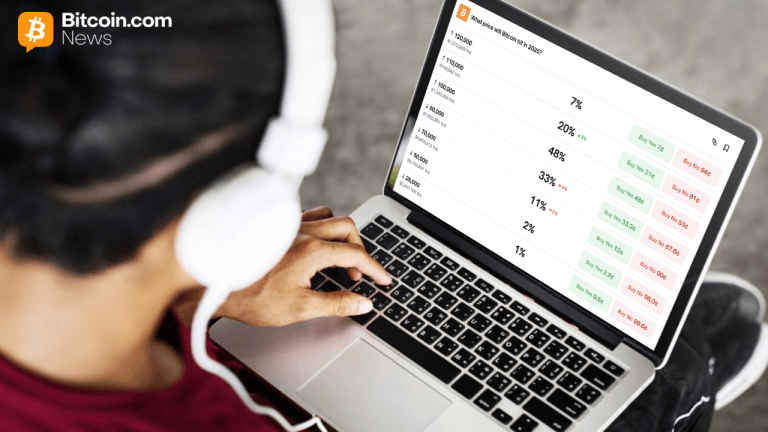Fitch says deleveraging era over for public power utilities
3 min read
Fitch Ratings said that a decade of deleveraging has officially come to an end for public power utilities in the United States.
Leverage metrics for U.S. public power utilities weakened meaningfully, Fitch said in a sector review issued last week. This has effectively reversed the trend of deleveraging that began over 10 years ago, the rating agency said.
Coverage of full obligations also weakened for retail systems, wholesale systems and the portfolio overall, ending an upward trend that began as early as 2015 for certain systems.
“Outlooks for public power utilities by and large will remain stable thanks to strong financial cushions and independent rate-setting authority, though the performance declines are noteworthy and warrant closer scrutiny,” Fitch managing director Dennis Pidherny wrote in the report.
“Utilities are now contending with higher costs and weaker liquidity, with cash holdings declining in order to meet higher operating expenses, capital spending and working capital requirements,” he said. “Cash on hand medians are also down for both retail and wholesale systems to levels not seen in over eight years.”
Fitch noted that the median capex-to-depreciation ratio for wholesale systems was 76%, “the seventh time in nine years that median capex-to-depreciation remained at or below 100%, suggesting continuance of a low reinvestment cycle.”
These results are in line with Fitch’s outlook for U.S. public power utilities, which the rating agency revised to deteriorating late last year.
“The sector is contending with a more challenging environment and the likelihood of a broader economic recession, which Fitch economists are projecting to take hold later this year,” the report said.
“Public power systems are locally governed, essential service businesses that have historically posted very sound credit metrics,” said John Di Stasio, president of the Large Public Power Council.
“Our industry is currently in a period of heightened capital investment to modernize the grid and transition to cleaner generation in a time of higher borrowing rates,” Di Stasio told The Bond Buyer. “Plus, just like other sectors of the economy, there are financial pressures affecting the utility sector, including increased costs for labor, materials and services stemming from inflation.”
Despite these factors, Di Stasio said public power systems are stable with growing revenues and healthy cash coverages.
“Getting the rules right regarding the domestic content requirements for direct pay and reconsideration of advanced refunding continue to be important objectives for public power as additional tools to support the expanded investment,” he said.
Fitch said the majority of utility systems it rates fall into three categories: wholesale systems, retail systems and generation and transmission cooperative systems.
Retail utility systems derive the majority of their revenues from sales to end-user customers. Some typically larger retail systems own and operate generating facilities while others contract with wholesale suppliers. Many systems meet power supply needs through a combination of owned generation and purchased power, Fitch said.
Wholesale public power systems are utilities whose revenues mostly come from sales to municipally owned retail power systems and are typically organized as joint action agencies, which can vary from three, such as the Northern Illinois Municipal Power Agency, to more than 100 like American Municipal Power. JAAs may be organized to own one generating unit, a diverse portfolio of resources or contracts for power.
G&T cooperatives provide wholesale power supply and transmission services to their member distribution cooperatives.







